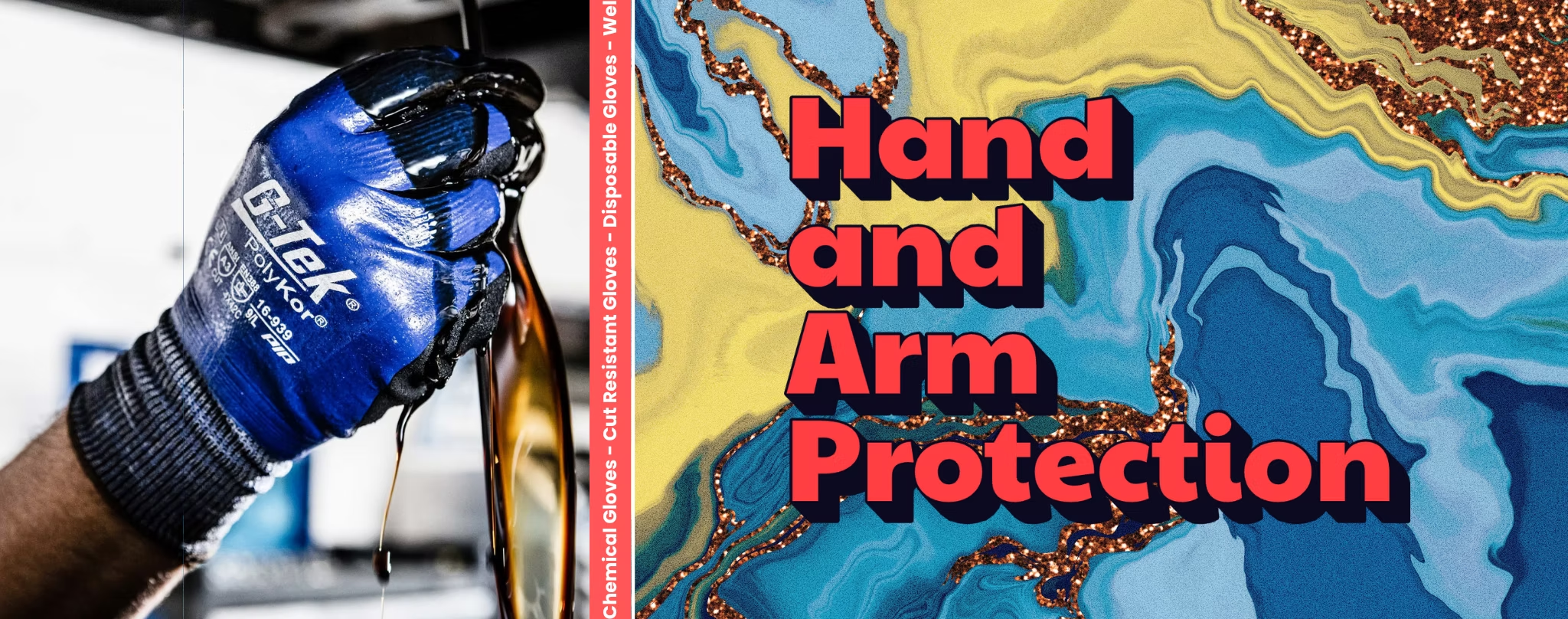Businesses utilizing hazardous substance in a facility have responsibilities in managing work-related risks which may lead to serious injury, illness or even death as per NZ’s Health and Safety at Work Act 2015 (HSWA). The workplace facility where risks and exposure towards these hazardous substance (listed per HSWA (Hazardous Substances) 2017) in relation storage and handling requires that the PCBU (Person in Charge of Business or Undertaking) to ensure that all practicable steps are taken into consideration in an appropriate system to identify and then eliminate or isolate the risks as part of its mitigation process to ensure worker’s safety and wellbeing are catered for.
One of the appropriate systems for consideration is the crucial role of safety showers and eye/face wash stations in a facility. This can be a complicated process having to meet the relevant standards and Australia and NZ has adopted the Australian Standards – AS4 775-2007 “Emergency Eyewash and Shower Equipment (ANSI Z358.1) standards. Here, it sets out the minimum guidelines related to this safety equipment fixtures and all issues relative to its design, installation, operations, maintenance, testing and training procedures to ensure functionality and performance attributes are met and fit for purpose for the emergency treatment of the eyes or face of the person who has been exposed to the hazardous materials.
Advantage and Benefits
Safety Showers:
- Immediate Decontamination Response: Safety showers are vital for full body rapid decontamination when employees come into contact with hazardous substances. Safety showers allow for workers to rinse their entire body with copious amounts of water to remove or reduce harmful amounts of chemicals or materials.
- Preventing Absorption: Quick decontamination prevents further absorption through the skin and minimizes health risks.
Eye Wash Stations:
- Protecting Vision: Eye wash stations specifically address eye-related first aid emergencies from liquid or powder/granular contact splashes from chemicals through immediate flushing to reduce eye damage and discomfort. Prompt rinsing from potable water or buffered eye solutions assist to reduce injury risks from worsening until further care is available.
- The choice of eye wash emergency systems are contaminants specifics and dependent to a workplace’s requirements. Stationary eye wash stands with pH neutralizing buffer solution are not replacements for plumbed eye wash stations but its design provides prolonged first aid reliefs such as during transit to advance A&E facilities for further medical care. There are portable options for low traffic areas that are self-contained.
Limitations and Considerations
- Strategic Placement: Installation of safety showers or eye/face wash stations near hazardous areas and ensure clear visibility with clear signage for fast action is not always feasible due to plumbing fixtures not in the specified vicinity distance required.
- Water Supply: Safety showers and eye wash stations rely on a reliable potable water supply that is free from contaminants and requires regular testing.
- Water Temperature and flow: Certain facilities may covers areas where temperature fluctuations affects the surroundings of the installed emergency equipment. A thermostatic mixing valve (TMV) is capable of supplying water effectively at controlled temperature at varying pressure conditions.
- Training: Proper training ensuring employees know how to use these emergency devices effectively in a timely manner
- Compliance Standards: Both safety showers and eye wash stations must comply with international standards (AS4775-2007 /ANSI Z358.1)
Conclusion
In summary, safety showers and eye wash stations are critical for safeguarding workers’ health and preventing injuries from worsening until advanced or appropriate care can be accessed. Employers prioritizing health and safety and compliances are creating a safer work environment for employees.
Stay tuned for part 2 where we cover more information on Thermostatic Mixing Valves (TMV) (AS4775-2007 /ANSI Z358.1) for emergency showers and safety stations.
Tags: worker facility, health and safety, safety shower, eye wash, first aid, lab safety,

